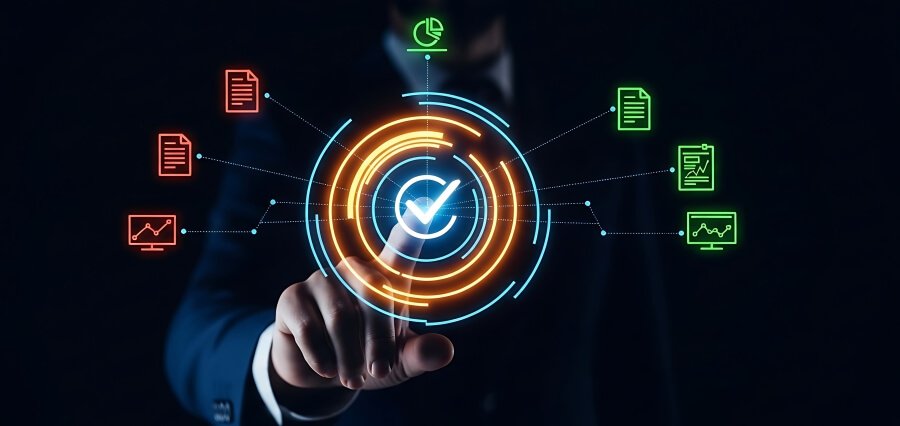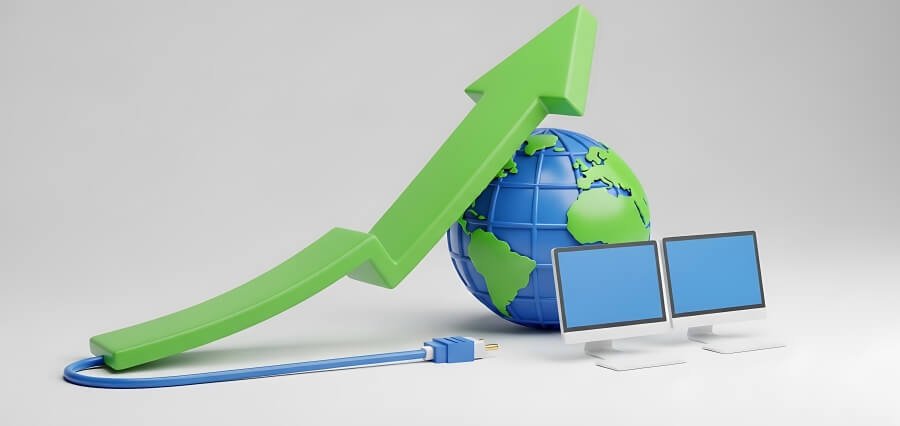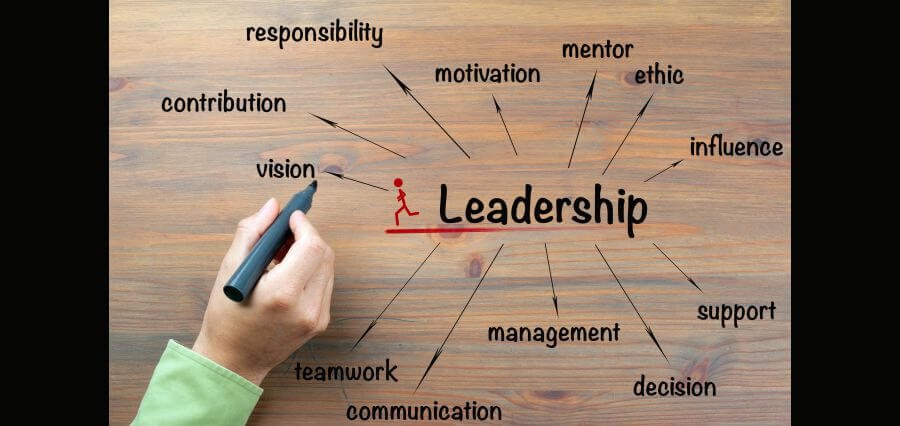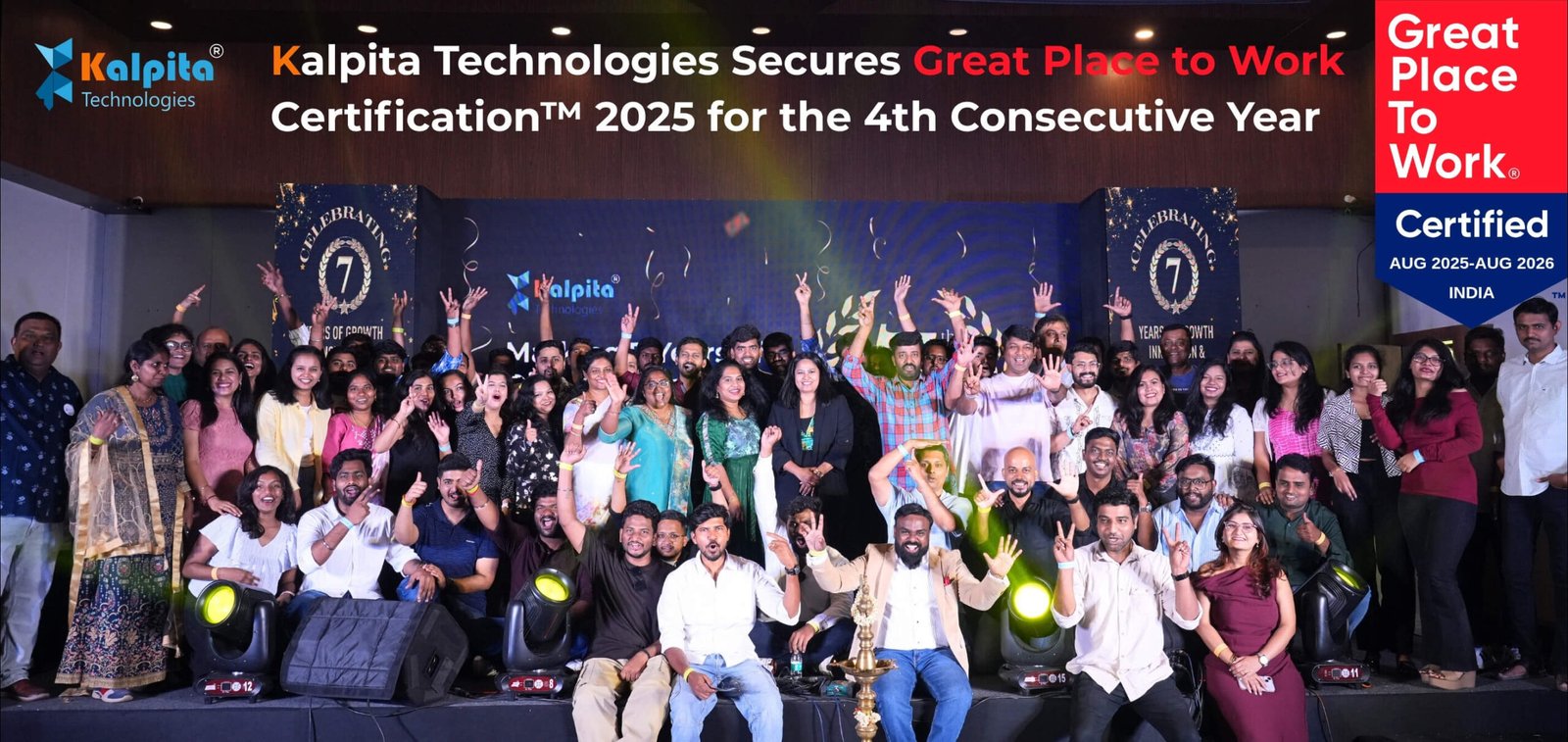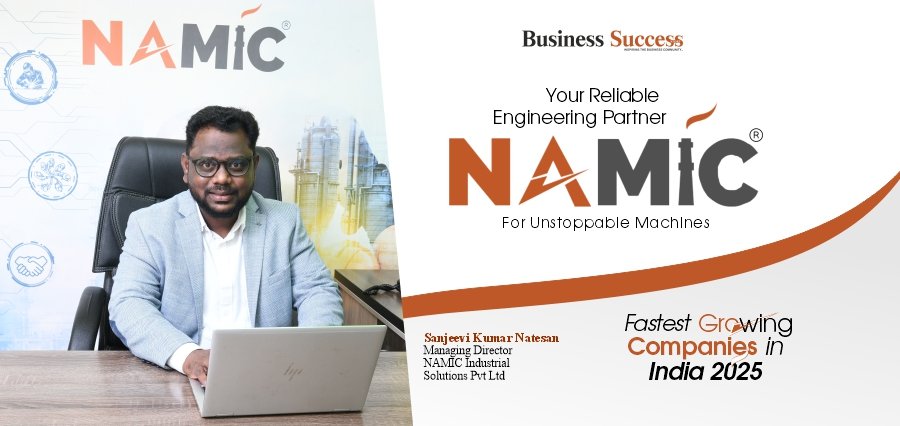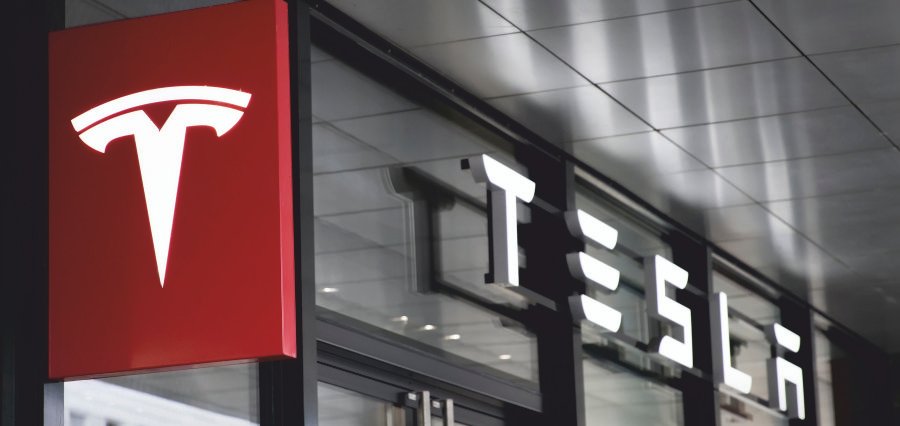Beyond the Horizon
In a time of volatility—including changes in the geopolitical landscape, constant change in Artificial Intelligence and existential urgency with climate change—the simple certainties of incrementalism are gone. New rules for global competition are now not being developed in committee or by agreement, but in the minds of a handful of leaders: the Mavericks.
These are the futurists willing to challenge the existing definition of the industry, who have the autonomy, courage, and vision to make the audacious wagers that seem improbable to the regular thinker. Their unwillingness to be bound by the conventions of the industry is not mere rhetoric, but a requirement of their strategy to win. In 2025 and beyond, the disruptive visions of these maverick-type leaders will not only change multi-national industries; they will reform the fundamental elements of the global economy.
Re-engineering Global Trade: The Geopolitical Pivot
The maverick leader understands that globalization as we knew it—optimized for maximum efficiency and single-source supply chains—is dead. The new economic reality is one of engineered resilience (as noted in economic outlook surveys), where stability is more valuable than marginal cost savings.
Mavericks are not waiting for global trade tensions to resolve; they are acting as nation-builders within their own corporate structures, taking a cue from Asian CEOs who aim to lift entire economies. They are driving three major changes:
Regionalization over Globalization: They are constructing multi-corridor supply chains and strategically investing in regional manufacturing hubs (e.g., Mexico for North America, Southeast Asia for APAC). This is an effort to significantly reduce their exposure to a single geopolitical risk- despite potentially introducing marginally more operational complexity.
Decarbonization as a Strategic Asset: Mavericks view the green transition not as a cost center, but as a source of new, highly efficient, localized energy systems.
They invest in renewable energy innovations and circular economy models that enable a decrease in reliance on unstable iteration of commodities in global markets, giving their organization a competitive edge.
Compliance as Design: They regard local regulatory frameworks (data sovereignty, trade policy) as potential enacted design parameters for their products and services, not as regulatory encumbrances. Adaptive governance then creates rapid compliant scaled into new markets as a resolved consequence of recognizing the regulation earlier as a parameter or opportunity than as a later hurdle and lane-keeping consideration.
The AI-guided leap in human capability
For the New Vanguard of companies, Artificial Intelligence is not a tool to replace humans but a way to enhance and elevate human capabilities. Mavericks are leveraging AI to achieve exponential growth through augmented talent.
The vision is of predictive intelligence wherein Artificial Intelligence becomes a co-pilot, in many aspects acting as both growing the business and working issues that if not unaccounted for, are causing a problem in business operations (for example. in pharmaceuticals and distribution chain categorizations)- not managed by traditional problem resolution methods.
The Augmented Workforce: Disruptive leaders see priority skills and experience development programs to create staff skilled on every function, from engineering to marketing and every function in between, with an emphasis on continuous learning and experimentation. Meanwhile they have recognized that combining human cognitive thinking to machine speed analysis creates capabilities neither could accomplish in isolation of one another. The focus of this example, moves from hiring based on experience and skills as a primary feature, to skills as a feature in a cultural context of growth and improvement.
Innovation Through Failure: Organizations led by mavericks famously encourage employees to take calculated risks. They understand that in technology, failure is not a flaw; it is a necessary, expensive input to the innovation process. Leaders model this behavior, ensuring employees are empowered to pivot quickly from mistakes rather than being punished, thereby accelerating product development and market responsiveness.
The Data-Driven Architect: The maverick CMO, for instance, has re-emerged as the “Brand Architect,” fluent in MarTech ecosystems, performance analytics, and brand storytelling. They use data to not only optimize campaigns but to influence product innovation and align marketing with core business objectives, treating data as the strategic foundation for all brand engagement.
Purpose as the Ultimate Performance Metric
Mavericks are inherently authentically driven. They operate from a position of deep conviction, often anchored by a mission that aims to do more than simply generate profit. As observed in the leadership of visionary founders, profit often becomes the byproduct of aiming for something of greater significance, whether it’s building a foundational industry or providing affordable access to life-saving technology.
Ethics and Systems: They recognize that while morality is free (a position announced in a mission statement), ethics costs money because it requires changing supply chains, vetting claims, and sometimes taking a short-term hit on quarterly numbers. The maverick chooses ethics, building it into the company’s operating system.
Bold but Bounded Risk: While seen as risk-takers, true mavericks operate with a refined attitude to risk, never risking the entire capital base, but always risking profit for growth. This pragmatism builds the resilience that allows the business to seize immense opportunities when others pull back during market uncertainty.
Empowerment and Belonging: Leaders in this space showed that the greatest performance comes from creating an environment where every employee feels exceptional and has control over their working lives. The modern maverick achieves this through radical transparency and building a culture where belonging is palpable, thereby strengthening the organization’s resilience and driving exceptional performance from its people.
The maverick’s vision is one of a global economy that is faster, cleaner, and fairer—not out of philanthropy, but because these attributes are now the indispensable foundations for sustainable, long-term value creation. By questioning every inherited assumption and challenging every comfortable practice, these leaders are proving that the most disruptive force in the global economy is, and always will be, a bold and independent mind.

